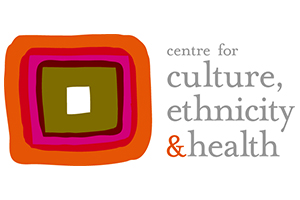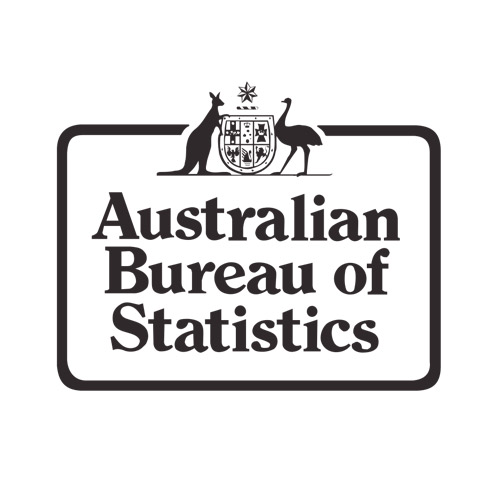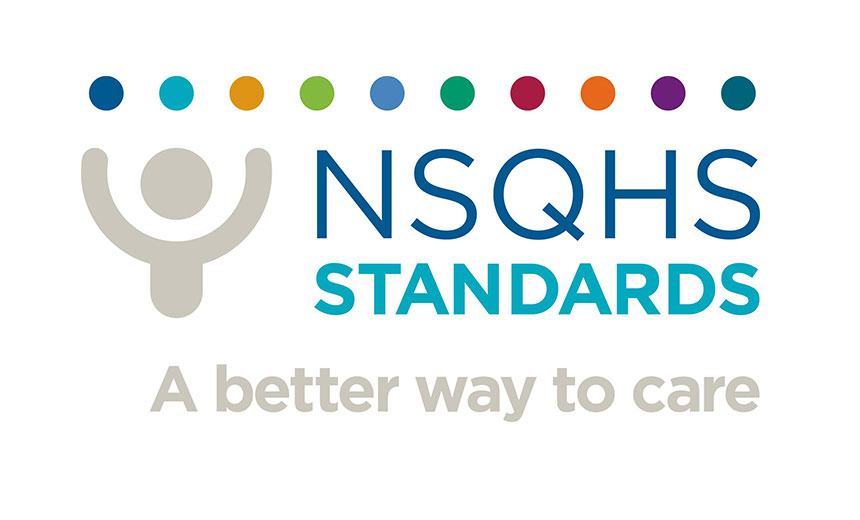Six Steps to Cardiac Recovery Terms / References
Click here to view references to material in this site, as well as other useful cardiac information.
| All categories |
HEALTH LITERACY, PATIENT EDUCATION AND BEHAVIOURAL CHANGES |
|---|
Health LiteracyHealth literacy is about how people understand information about health
and health care, and how they apply that information to their lives, use
it to make decisions and act on it. Health literacy is important because
it shapes people’s health and the safety and quality of health care. | |
Heart Foundation depression screening tool | |
HEART Online for Health ProfessionalsThis Heart Education Assessment Rehabilitation Toolkit (HEART) provides information to support clinicians to deliver evidence based care. It includes information on health literacy, tips for education interventions, resources for patient education and information for behaviour changes. Click on the logo to visit the website | |
The Teach-Back Technique | |
HEALTH PROFESSIONAL RESOURCES |
|---|
Agency for Healthcare Research and QualityMany resources on the teach-back technique for health care providers. The teach-back technique is used to ensure that health providers have explained medical information clearly so that patients and their families understand what is communicated to them. This intervention includes several materials to support adoption. Click the image to access the resource
| |
Alcohol consumption - Our World in Data | |
Alcohol’s Effects on the Cardiovascular SystemAlcohol's effects on the cardiovascular system. Article by Mariann R. Piano To access the article, click here | |
Australian Bureau of Statistics1. The National Health Survey: First results. This survey presents key findings for health statistics including long-term health conditions; mental wellbeing; and health risk factors. To access the survey results, click here 2. Causes of death, Australia - 2019. Statistics on the number of deaths, by sex, selected age groups, and cause of death classified to the International Classification of Diseases (ICD). To access the information, click here 3. Australian Health Survey: Nutrition First results – Foods and Nutrients. Provides a snapshot of food and nutrient consumption. Analysis and data cubes include average consumption and proportion derived from each food group. To access the information, click here.
| |
Australian Commission on Safety and Quality in Health Care | |




